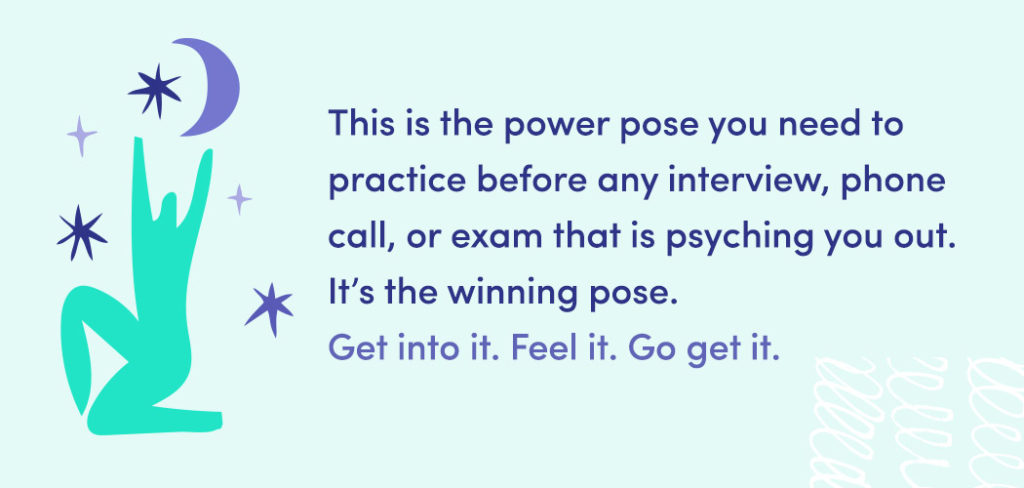Keeping sane and empowered while managing daily life can feel impossible. More than ever, we need balance or at least an all natural boost. Whether it’s to shake off the dole-drums or to ask for that promotion, accessing your gratitude and practicing daily affirmations can help.
Positive affirmations are a tool for mindfulness, which according to the Greater Good Science Center at the University of California at Berkeley, is about “maintaining a moment-by-moment awareness of our thoughts, feelings, bodily sensations, and surrounding environment, through a gentle, nurturing lens.”
First, we can get in touch with ourselves. We must try to leave aside judgements, the past, and our constant need to rush – off balance – into the immediate future. In a more neutral state we can set ourselves up for better choices.
There are many methods to try to calm your mind and anxieties. Explore the benefits of meditation with us.
The Psychology of Positive Thinking
There is a whole field of psychology dedicated to the study of positive thinking. That doesn’t mean it’s THE answer, but it’s certainly a clue that it could be something important and is worth thinking about. And a founder of the current field, Martin E.P. Seligman, the Director of the Penn Positive Psychology Center, summed up the practice in a 2004 TED Talk. He introduces the positive method by contrasting it to the current treatment model.
“[…] about the disease model is, in our rush to do something about people in trouble, in our rush to do something about repairing damage, it never occurred to us to develop interventions to make people happier — positive interventions,” Seligman said.
Now, almost 20 years later, the field has spawned studies, books, lectures, and videos. It can be overwhelming to choose where to get started. So, here are some positive practices to help you on your path.
WOOP: Wish, Outcome, Obstacle, and Plan
Gabriele Oettingen, a psychology professor at New York University (and a real life princess!) developed the WOOP method — which stands for Wish, Outcome, Obstacle, and Plan – as “a workable strategy to bring your goals to fruition,” according to a 2020 Vox interview. It begins where traditional guides to manifestation, like “The Secret,” end.
“The obstacles that we think most impede us from fulfilling our wishes can actually help us to realize them. WOOP instructs us to dream our future dreams but then to imagine what obstacles inside ourselves prevent us from achieving these dreams,” the WOOP website states. For example: instead of just focusing on a dream outcome like love, a new career, or healthy living, WOOP adds more visioning steps:
- Focus on the desired outcome.
- See the obstacles in the way.
- Problem solve and overcome the obstacles.
- Solving the problem can take the form of working to change a behavior or idea that is inhibiting the resolution.
Oettingen told Vox that people must let go of a fantasy if the obstacles can’t be resolved, “You’ll have a good conscience because you know it’s just not possible and you can better invest your energy in a different, more promising project.”
Because we need to believe in a positive future. Our wishes and hopes can keep us going when things are tough. But sometimes to get where we want to go, we have to conserve our energy for goals within reach.
A Positive Physical Practice
Sometimes we need to move. Thinking and manifesting are important in the long run, but to resolve nerves and anxiety, to become present and empowered, we might need to get physical.

Amy Cuddy, a social psychologist, former Harvard University professor, and current Harvard lecturer, introduced the world to the power pose in her 2012 TED Talk. In the talk, “Your Body Language Shapes Who You Are,” Cuddy, who overcame incredible obstacles to get where she is today, offered her personal practice. She called it “a free no-tech life hack, and all it requires of you is this: that you change your posture for two minutes.”
Here’s how you start to make a positive physical change:
- Stand.
- Get your arms up in a V shape.
- Tilt your chin up.
- Breathe.
This is the power pose you need to practice before any interview, phone call, or exam that is psyching you out. It’s the winning pose. Get into it. Feel it. Go get it.
Hope’s Daily Affirmations
For Hope Smith incorporating moments of meditation and manifestation are a must in her daily routine.
In an Instagram post, Hope wrote that what a person imagines can influence their reality. And in her own life, she tries to counter any negative thought with multiple positive ones.
“It has become an important practice in my life and has helped me reach goals in my career, relationships, and spiritual wellness,” Hope wrote about her daily mindfulness.
In fact, in Hope’s upcoming book, “Your Body is Magic,” she includes affirmations she practiced before conceiving her children as well as during her pregnancies. One of them she includes is, “My body knows what it is doing.”
Want more? Get updates about the book’s upcoming release on Hope’s book page.
